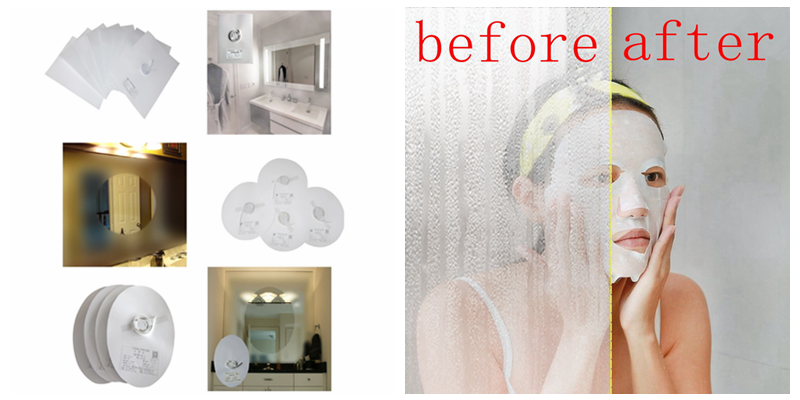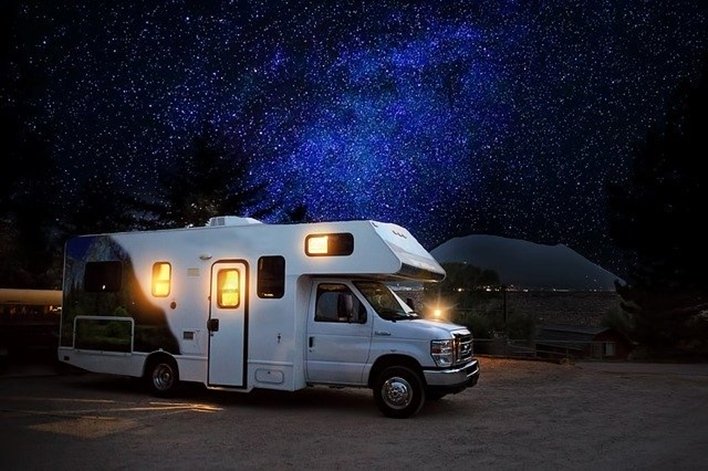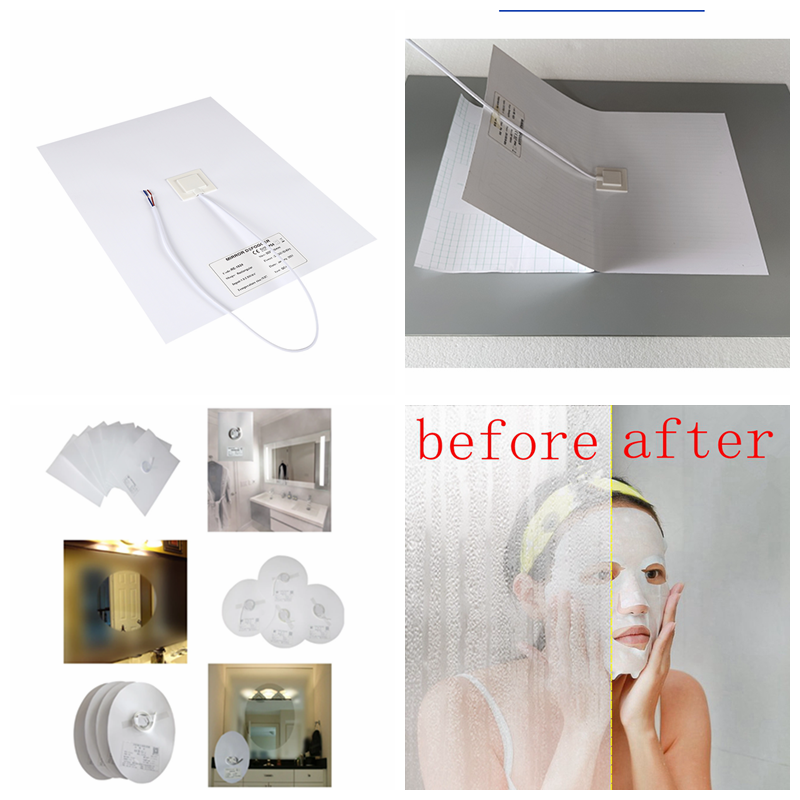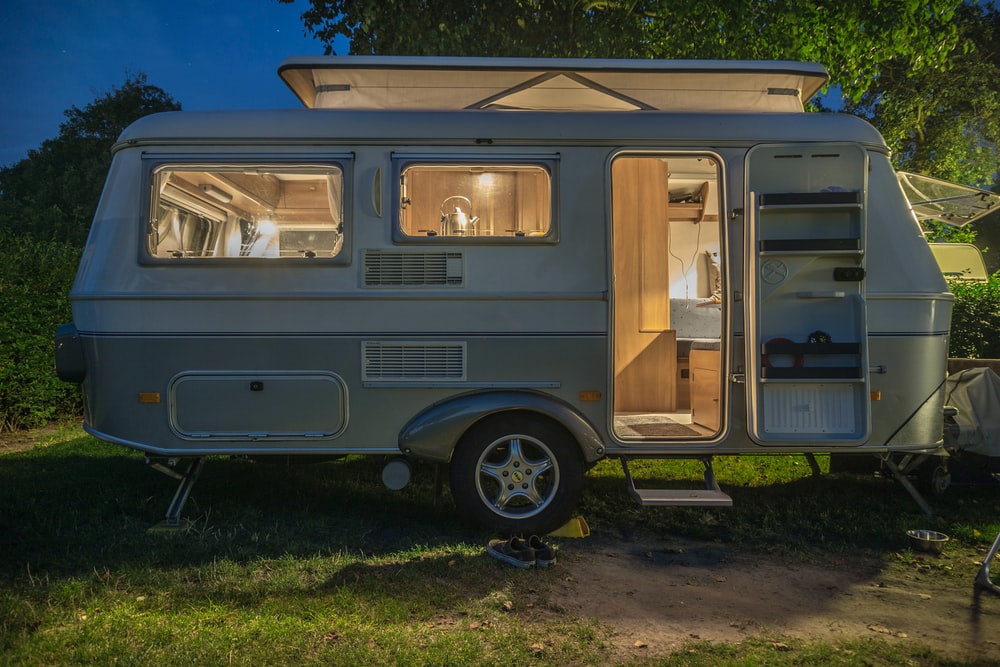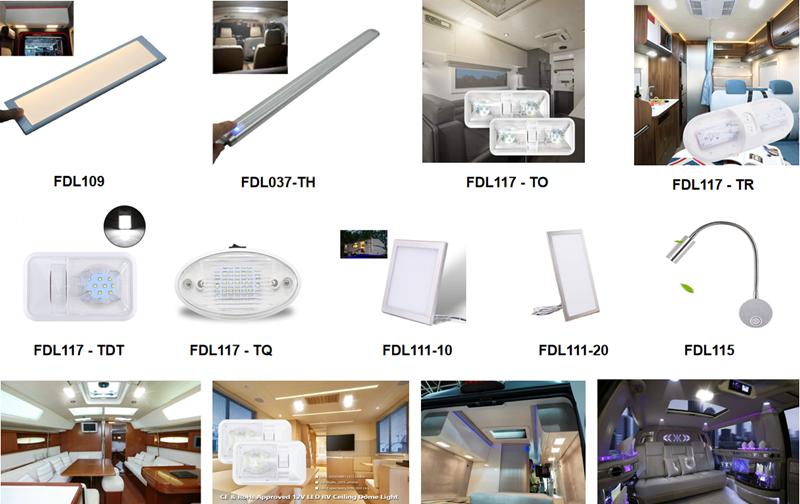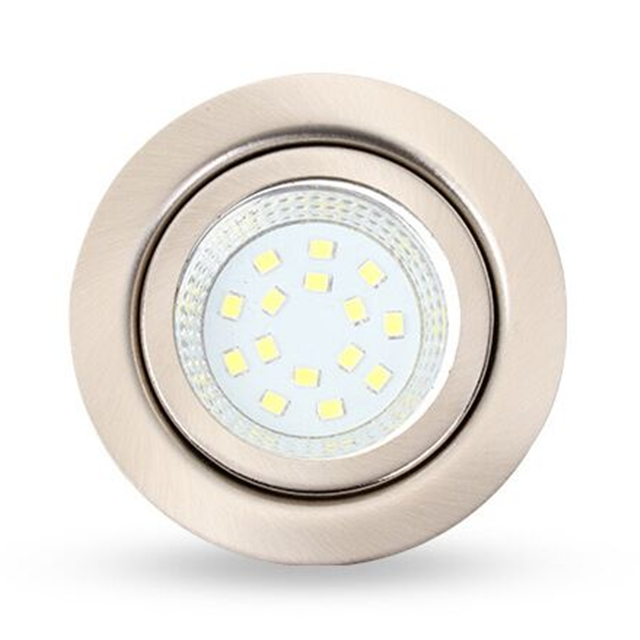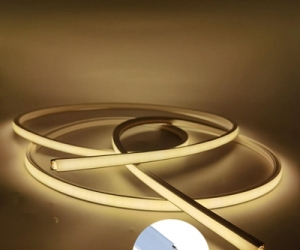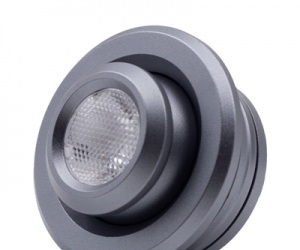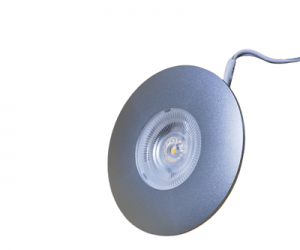Light emitting diodes (LEDs) are available in a wide range of wavelengths. The original LEDs emitted in the infrared, followed by LEDs that emit in the visible wavelengths (red and green), followed by blue LEDs which, when coupled with phosphors, emit white light. Historically, the most difficult LEDs to produce were those that emit in the ultraviolet. Today however, the ultraviolet light-emitting diode (UV LED) industry is experiencing tremendous growth.
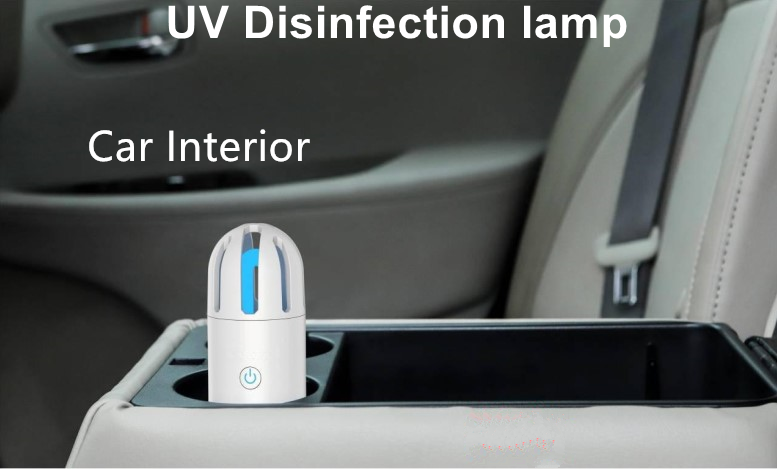
The three ranges of UV light are UV-A, UV-B, and UV-C (Figure 1). UV-A is also known as near-UV or black light and has a wavelength in the range of from 315 nm to 400 nm. UV-B is also known as medium wave light and has a wavelength in the range from 280 nm to 315 nm. UV-C is also known as short wave UV light and has a wavelength in the range of from 200 nm to 280 nm. It is the UV-C that we will be discussing here.
UV-C Radiation is Germicidal
What is unique about UV-C radiation is that it is especially effective at disinfection. In particular, the wavelength of 264 nm is incredibly impressive at killing germs, viruses and bacteria. Fortunately, UV-C radiation can pass through air without creating ozone, so UV-C lamps can be used in air to disinfect surfaces. Some people may be concerned that using a UV-C LED lamp will create ozone (a health and environmental hazard). However, only the vacuum-LED wavelengths can create ozone (<200 nm). UV-A, UV-B and UV-C wavelengths do not transform oxygen (in air) into ozone.
The market for UV-C disinfection is blossoming, driven partly by recent outbreaks and fear of viruses and bacteria such as SARS, MERS, MRSA, Ebola, norovirus and C-DIFF. UV LEDs can play a useful role in preventing infectious disease. They may be used to make water potable, replace chlorine as a water disinfectant in swimming pools, kill germs in clothes washers and dishwashers, kill airborne germs in air purifiers and HVAC systems, and disinfect surfaces in hospitals, kitchens, schools, offices and nursing homes. UV-C LED products are already available for high-end applications like industrial water purification, but there is a strong push to reduce the cost of the LED chips in order to address the very large consumer market for disinfection.

